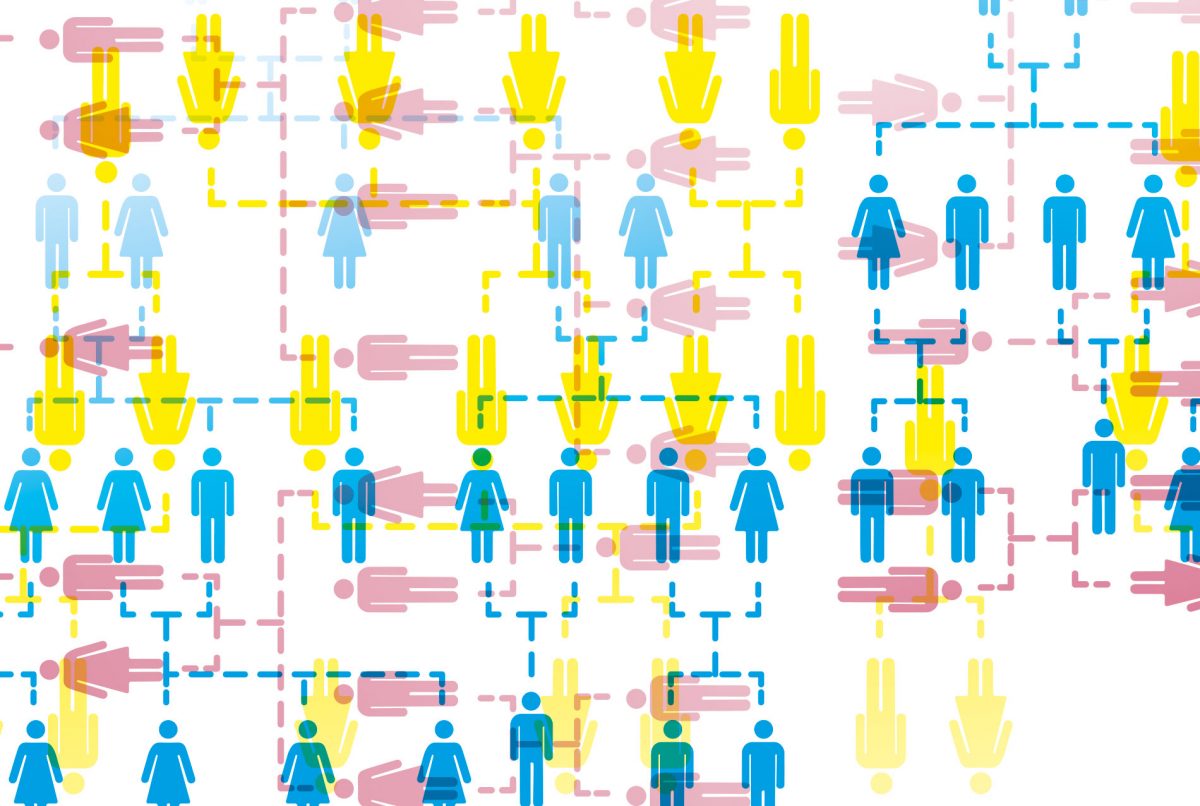As an expat in the Netherlands, there might be a couple of traditions that will surprise you. One of the most common ones is Sinterklaas: a children’s holiday that kind of resembles Christmas. However, Sinterklaas comes with a lot of different customs and expressions you might not know about. Because of this, we’ll give you a quick run-down of everything you need to know.
History of Sinterklaas
The image of Sinterklaas (also referred to as ‘Sint-Nicolaas’ or ‘Goedheiligman’) is based on bishop Nicolaas of Myra. He was declared a saint after his death, as stories of him helping the poor quickly spread. He passed away on the 6th of December. His life is now celebrated on the 5th of December in The Netherlands.
The holiday has been celebrated for more than 700 years! Sinterklaas’ helpers are called ‘Pieten’, or more controversially referred to as ‘Zwarte Pieten’ (Black Petes). The Pieten are known to the kids as helpers that hand out the candy, make silly jokes and give gifts. Sinterklaas also has a white horse that he travels around on.
Sinterklaas: how does it work?
 The beginning of November is when the festivities start. Sinterklaas arrives on a boat in lots of different Dutch towns and cities: this is called the ‘intocht’. There might be one in your area! This is normally around the 11th of November. During the intocht, there will be celebrations and fun activities for kids. They might get to greet Sinterklaas himself, or might get candy and sweets from the Pieten.
The beginning of November is when the festivities start. Sinterklaas arrives on a boat in lots of different Dutch towns and cities: this is called the ‘intocht’. There might be one in your area! This is normally around the 11th of November. During the intocht, there will be celebrations and fun activities for kids. They might get to greet Sinterklaas himself, or might get candy and sweets from the Pieten.
Celebrating at home
There’s a lot of customs and traditions that come with Sinterklaas. Most Dutch households have their own way of celebrating the holiday, although there are some common themes. For example, Dutch kids are made to believe that Sinterklaas travels across the roof on his white horse, and that the Pieten throw gifts down the chimney. This generally happens on the 5th of December, also referred to as ‘Pakjesavond’.
A couple of nights before the 5th, most kids are allowed to put their shoe by the fireplace (or a similar spot). They’ll put treats for the horse, like carrots and hay, in the shoe. Often, they’ll also put in a letter or wishlist for Sinterklaas. They might even sing songs for Sinterklaas and the Pieten. When they wake up in the morning, they’ll find sweets or little gifts in their shoe. If you want a more detailed guide of how to celebrate Sinterklaas with kids, you can find it here.
Traditional sweets and baked goods
 Around Sinterklaas, kids often get to eat a lot of traditional Dutch sweets and baked goods, kruidnoten and pepernoten being some of the most popular choices. Although these words are often used interchangeably, there’s a big difference: kruidnoten are round, hard and crunchy, while pepernoten are soft and generally resemble a dice-shape. You can also find kruidnoten covered in chocolate, caramel or other fun variations.
Around Sinterklaas, kids often get to eat a lot of traditional Dutch sweets and baked goods, kruidnoten and pepernoten being some of the most popular choices. Although these words are often used interchangeably, there’s a big difference: kruidnoten are round, hard and crunchy, while pepernoten are soft and generally resemble a dice-shape. You can also find kruidnoten covered in chocolate, caramel or other fun variations.
There’s also sugary candies like schuimpjes. These are soft, foam-like candies that often come in different fun shapes, like ones resembling Sinterklaas! Other than that, a variety of marzipan candy is often consumed during the holiday. Candy mixes for Sinterklaas usually contain kruidnoten and schuimpjes, but might contain other sweets as well.
Living like the locals
There’s a lot of new customs and holidays to get used to when you first move to The Netherlands. Because of this, it can sometimes get a bit confusing. If you’ve never celebrated Sinterklaas before, make sure you read the information above. This way, you won’t be caught off guard by all the festivities and weird traditions.

Be prepared for the Dutch housing m ...
Buying a house in the Netherlands may work a bit differently to what you are ...

Dutch Taxes
Taxes are always complicated. If you have moved to the Netherlands from another country they ...

Dutch 30%-ruling Tax Facility
The 30%-ruling is a tax advantage, created for employees who are posted or recruited ...

Obtaining a Mortgage as an Expat in ...
Obtaining a mortgage as an expat in the Netherlands can be a complex process, as ...

Banking made easy with ABN AMRO
When preparing to live in another country, you are instantly faced with the hurdles of ...

Four Legal Differences You Need to ...
Relocating to any country is a big step. Aside from all the cultural differences and ...

Patchwork Family
‘Patchwork families’ are families made up of parents and children, whereby one – or both – of ...

Mortgage, Liability and Marriage
You must be wondering: what’s the connection between the words in the title? I ...

Estate Planning: Is That What We’ ...
Don’t we all want the best for our children? We provide them with a ...

New Alimony Law as an Emancipation ...
On the 21st of May 2019, the Dutch parliament voted to review the law for ...